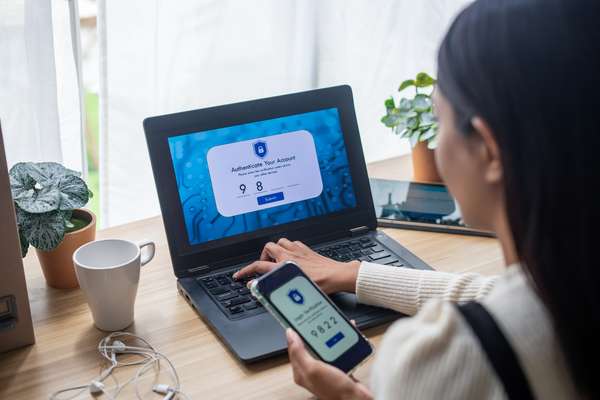Tech
How to organise your email inbox
May 23, 2023

Start deleting!
- Clear out the unnecessary stuff. Delete spam, outdated messages, and unsubscribe from things you no longer find useful.
- Starting with this step will make the rest of the process much easier.
Create folders
- Think of your email inbox as a virtual filing cabinet by creating folders to categorise your emails. Organise them by topic, project, or sender – whichever works best for you.
- Use folders within folders – a bit like a family tree!
Filter
- Take advantage of email filters. Set up rules to automatically sort incoming messages into their respective folders. Let technology do the work for you and watch your inbox work like a well-oiled machine!
Label
- Use flags or stars to mark important emails that need action or follow-up. It's like giving them a virtual sticky note.
- This simple trick helps you stay on top of what needs your immediate attention.
Archive
- Instead of hoarding everything in your inbox, consider archiving emails you've dealt with. Archiving keeps things tidy, and you can still find anything important when needed.
Do a little, often
- Make it a habit to regularly review and process your emails.
- Set aside dedicated time to declutter your inbox, respond to pending messages, and keep things running smoothly.
This is some text inside of a div block.














